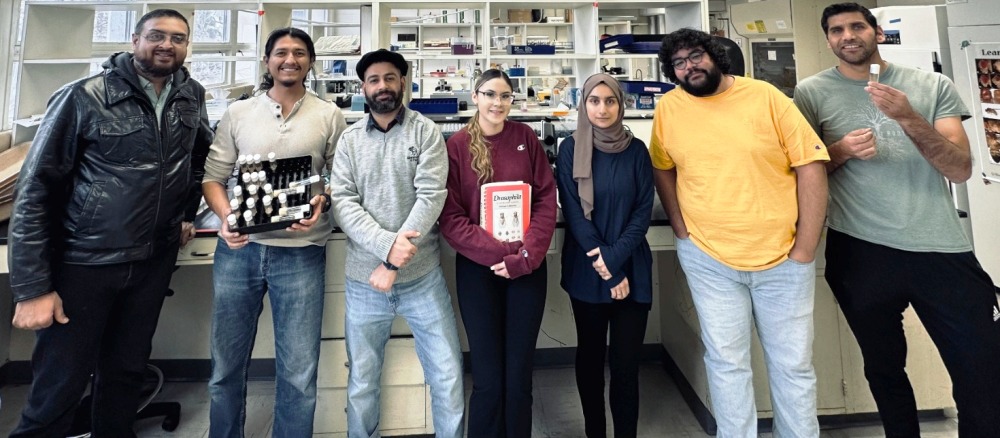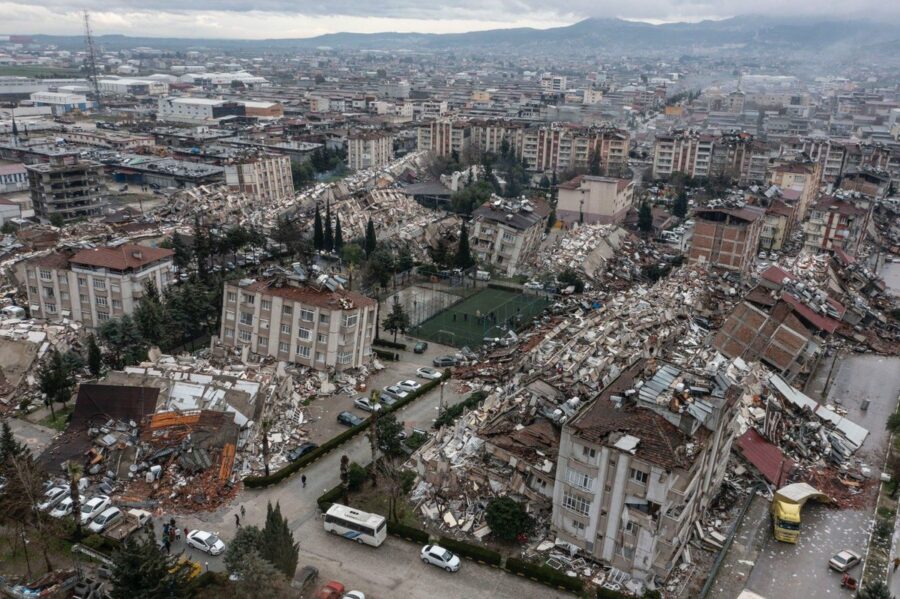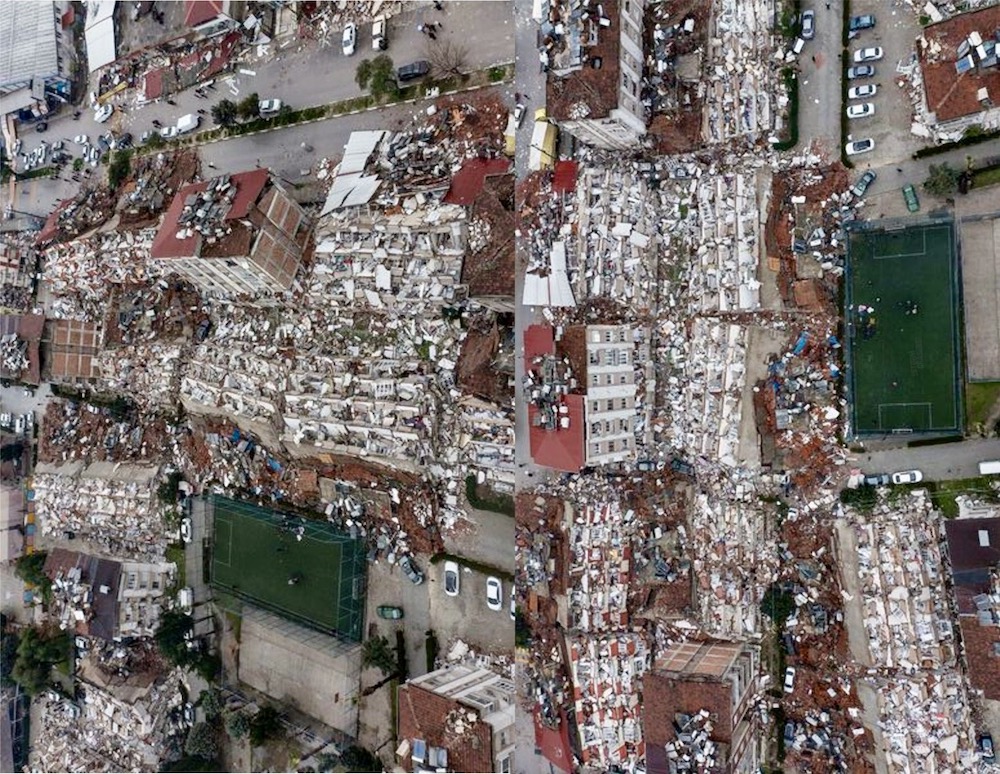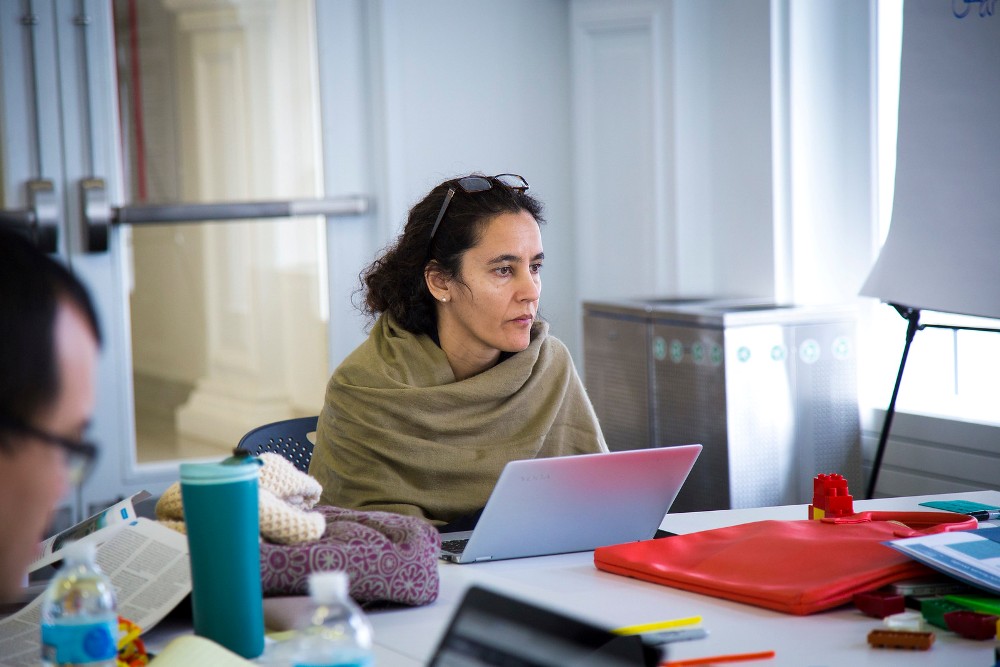[ad_1]
Kashmir neuroscientist, Dr Zahoor Shah, currently teaching at the University of Toledo, Ohio, is investigating the Gut-Brain axis in understanding various brain disorders, including Alzheimer’s disease. His research sees the gut as a major player in various diseases as the key organ is a universe of good and bad bacteria, he reveals in a detailed interview
TheNewsCaravan (KL): Is it true that most of the innovations and discoveries are logical explanations of conventional wisdom that humans already know?
DR ZAHOOR SHAH (DZS): Yes, You said it right. There is a role of human beings behind all the advancements in the world, even if you talk about artificial intelligence. All the inventions and technologies in the present world are because of human effort. Even if we talk about genetics, it was not taken into consideration in the past, but now it has changed science to a whole new level. For example, in the last ten years, there has been a tremendous amount of research on microbiota (bacteria in human intestines), which were not previously distinguished that much. Then, with time, scientists were able to discover their importance.
Overall, science has moved from conventional to new inventions. Scientists were able to discover new signalling pathways and causes of diseases in the body. There is a substantial increase in knowledge about medical science and a lot of enhancement in human health with technological advancements. Technology has helped us a lot. Now, we can isolate a minute gene from a cell and amplify it. We have also learned about the causes of diseases and found a cure that humans suffered through. Earlier, people would die young and nobody could explain why. Now we have progressed, and conditions can be identified earlier, and lives can be saved. It has led to longer life spans and a concept of slowing the ageing process and identifying causes that accelerates ageing and related diseases.
KL: How has your journey been till now and what were the struggles and milestones that you encountered from Srinagar to Ohio?
DZS: I did my schooling up to tenth standard at Shaheen Public School, and then twelfth from MP Higher Secondary School, Srinagar. I graduated with a BSc from SP College and worked part-time as a medical representative, where I became interested in drug discovery and development. That curiosity led me to pursue a Master’s degree in Toxicology at Hamdard University, Delhi. While pursuing my master’s, I got interested in research as I saw PhD scholars performing research in different areas of pharmacology and toxicology.
Fortunately, I got a chance to do my research on Neurobehavioral systems under famous neuro-behaviourist Dr SB Vohra, who is not unfortunately with us now. After finishing my PhD, I got an opportunity to do my first postdoctoral training with Dr David Gozal at the University of Louisville, Kentucky, for two and a half years. I studied sleep apnoea and identified biomarkers in the urine sample of children. The idea was to develop a diagnostic kit in which we could use a child’s urine sample to detect whether the child is suffering from sleep apnoea instead of a child going through excruciating overnight sleep studies. We identified a few biomarkers, and my mentor, David Gozal, patented the concept.
It is essential to mention that my PhD was on finding neuroprotective agents for ischemic brain injury. I was intrigued by the beneficial effects of natural plant products like green tea and Ginkgo biloba on human health. So I wanted to research whether these two natural products can help prevent stroke. Stroke is a leading cause of death and is caused by a clot that stops blood flow to the parts of the brain.
This was a game changer in my career as this concept helped me to receive a grant award when I moved to Johns Hopkins University for my second postdoctoral training. My mentor at Johns Hopkins, Dr Sylvain Dore, suggested writing a grant proposal on a novel natural product that could help in stroke prevention. Since I had already studied Ginkgo Biloba, I proposed the concept and received a highly competitive grant award from the National Institute of Health, Pathway to Independence. We fed Ginkgo biloba to animals and experimentally induced a stroke to examine whether it could show protective effects. After receiving the grant, I moved to the University of Toledo in 2009, where I got an independent position as Assistant Professor. There, I developed new research ideas as my interest grew in understanding the proteins or genes that are beneficial or harmful during a stroke. My team, including PhD students and postdocs, identified a protein crucial in stroke pathology. As the study progressed, we discovered its role in increasing inflammation in the brain in other conditions.
Here at the University of Toledo, I am in the Medicinal Chemistry Department and collaborated with a medicinal chemist. We synthesized a chemical molecule (drug molecule) against the gene we identified playing a crucial role in stroke pathology. We did preliminary studies using cell models of human haemorrhagic stroke and found the drug molecule is preventing neurons from the toxic effects of blood. Haemorrhagic stroke occurs when a brain blood vessel ruptures and causes bleeding. As a result, widespread neuro-inflammation ensues after the initial impact of bleeding. This is considered a debilitating disease, and around 50 per cent of patients remain immobilized for the rest of their lives.

Since there is no drug available to treat haemorrhagic strokes, our idea was to make a drug molecule for reducing neuroinflammation. First, we developed a concept and sent the proposal to the National Institute of Health for funding. Fortunately, we received approximately US 2 million dollars for the research and development of the drug molecule. This research is ongoing, and we have received a US patent on this invention.
Our continuing efforts led my PhD students to research other conditions like age-related diseases and neuro-degenerative diseases that usually occur after the ’60s, such as Dementia, Parkinson’s disease, or Alzheimer’s disease. Most of these diseases have a single common component which is neuroinflammation. Therefore, we want to stop neuroinflammation so that old people become less prone to neurodegenerative diseases.
Besides, we also saw that neuroinflammation might have origins in other organs of the body. Certain diseases like Obesity, Diabetes, or Rheumatoid Arthritis have inflammation spread throughout the body. These inflammatory compounds do not enter the brain because the Blood Brain Barrier keeps harmful substances from entering the brain. But with age, this barrier also gets groggy and all the harmful inflammatory components cross into the brain resulting in neuroinflammation. This led to another intriguing question on gut microbiota and whether it has any role in neuroinflammation. Our intestines provide a conducive environment for essential bacteria that thrive on the fermentation of non-digestible fibres.
Conversely, people nowadays eat a lot of unhealthy Western food and fast food, which increases bad bacteria and decreases good bacteria in our gut, causing dysbiosis (an imbalance in the gut microbial community). Thus, we studied what effect gut dysbiosis will have on the brain, as it is well connected to the brain. For example, whenever we have to write an examination or make a presentation, we get nervous and anxious, which gives us a sense of butterflies in our stomach and results in a stomach ache or nausea. So, there is a bi-directional connection between our brain and gut. Therefore, we looked into what interchanges occur in the gut with ageing and its impact on our brain health.
For the last 12 years, I have been studying peripheral inflammation and now got interested to learn the microbiota-brain-axis in ageing. We performed experiments on aged mice and induced experimental inflammation to see whether it would change the microbiota. So, it came to be true and we observed an increase in the bad bacteria which caused the inflammation. We also observed markers of other neurodegenerative diseases in the brain. With this, we figured out that people with Diabetes, Rheumatoid arthritis, Obesity, Parkinson’s disease, and Alzheimer’s may have microbiota dysfunction. Along with this, we also observed female animals having higher Alzheimer’s Disease markers. Females are known to have a higher risk of Dementia related to Alzheimer’s disease than men.
We are currently working on the drug molecule, as I mentioned before and we are at an advanced stage of developing it.
KL: What were the different takeaways from your research and is there anything as such that is available and in practice on the ground level?
DZS: As I enunciated about my PhD research earlier, that was on Ginkgo Biloba. It is known to increase our memory. There have been many clinical trials in that aspect, but they didn’t prove successful. Patients above 70 years were recruited to see whether Ginkgo Biloba supplements would help enhance memory. I was at John Hopkins during this clinical trial, and our proposal of using a natural product for stroke prevention was fascinating and resulted in receiving the grant award. So, it was an outstanding achievement for me, as Gingko Biloba is already available in the market and has no side effects. If taken in minimal amounts has good health benefits. If at least 120 mg is taken daily, it can have good results and has no toxicity. This ground-breaking finding can benefit stroke prevention and help enhance memory in older people.
The other important achievement is the drug we are developing for neuroinflammation. I stated before the drug received the US patent and is ready to proceed in clinical trials and get FDA approval for clinical use.
KL: Subjecting to gut feeling or gut-brain axis, is it relevant to say that the brain has outsourced some of its functions to the gut?
DZS: That is an interesting question and an interesting idea to investigate. Our gut has major roles to play and is also considered a second brain because of its neural connections to the brain. The oesophagus and lining of the intestines to the rectum all have neural circuits that are controlled by the enteric nervous system (ENS), which is responsible for gastrointestinal behaviour. So, there is a bi-directional connection between the brain and the gut. Gut-brain-axis has many essential functions, including hormonal connections, and manage the immune system to some extent
For example, if we talk about Autism Spectrum Disorder (ASD), it has been found that the root cause is gut dysbiosis. Other disorders like Anxiety, Depression, or weight gain have also been seen to occur because of gut bacteria dysbiosis. There have also been experiments on weight gain in which faecal samples of overweight patients were taken and then implanted in mice. It was observed that the mice also gained weight due to bad microbiota. With that observation, it was observed that gut microbiota not only deals with gastrointestinal behaviour but also increases weight. So, it denotes that if we have a healthy gut, it can also control our weight. There are also a lot of clinical trials and research going on faecal implantation from healthy persons to patients with gut dysbiosis and syndromes like inflammatory bowel syndrome or irritable bowel syndrome.
KL: How sooner will we be able to see a shift in our routine toward something that is based on your path-breaking study?
DZS: For now, there has already been awareness, and people are moving towards a healthy lifestyle. The major takeaway is to take healthy foods that are rich in fibre. Usually, when we have fibrous food, it does not get digested in the upper colon but gets assimilated in the lower colon. After the assimilation, the material is left for the good bacteria to maintain equilibrium in the gut.
The drug molecule that I have invented may take time to come out. The least we can do now is change our unhealthy diet to a nutritious one, eat less red meat, and have more fibrous foods like green or leafy vegetables, onions, and garlic. We can also take supplements such as prebiotics and probiotics as well. Adding healthy habits in our daily life can help us keep our gut health, which will eventually positively impact our brain health.
KL: How true is the claim that if viruses and bacterial species will be eliminated from human existence, human survival won’t be the same?
DZS: That is true to reality. We have millions of bacteria and viruses in our bodies, which have a beneficial role to play. While alive or dead, bacteria are a very valuable assistance to our body. The good bacteria should not be eliminated and the bad ones must also be kept in check.
After death, the bacteria help decompose the corpse, and while living, it gives aid to our (GI Tract) gastrointestinal system. They release good products like short-chain fatty acids that help in weight loss and gut-related issues. It depends on us to manage the healthy bacteria in our bodies. They are a very important component of our lives.
(Umaima Reshi processed the interview)
[ad_2]
#Gut #Brain
( With inputs from : kashmirlife.net )



